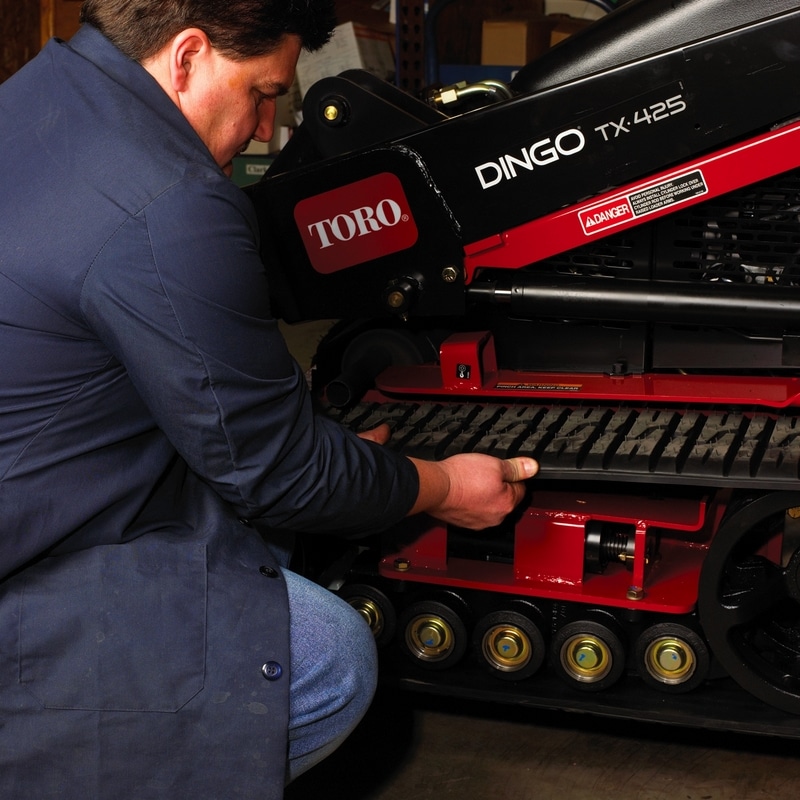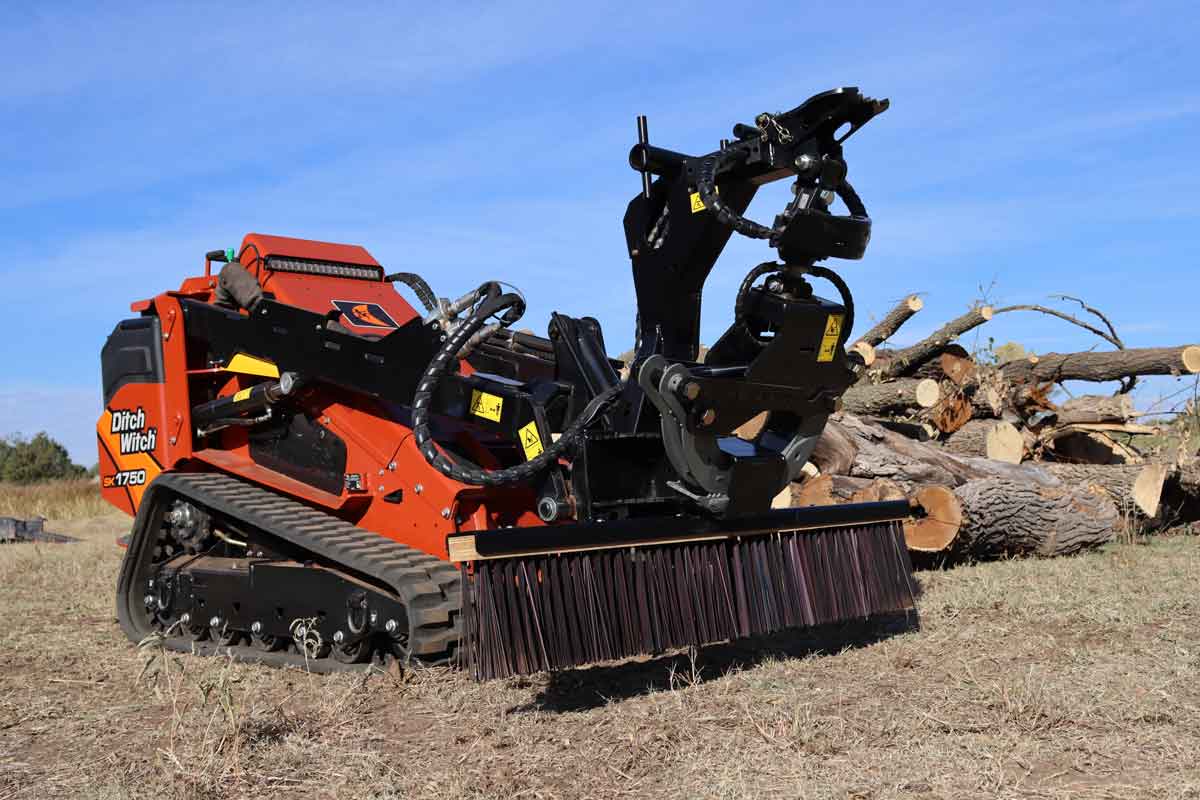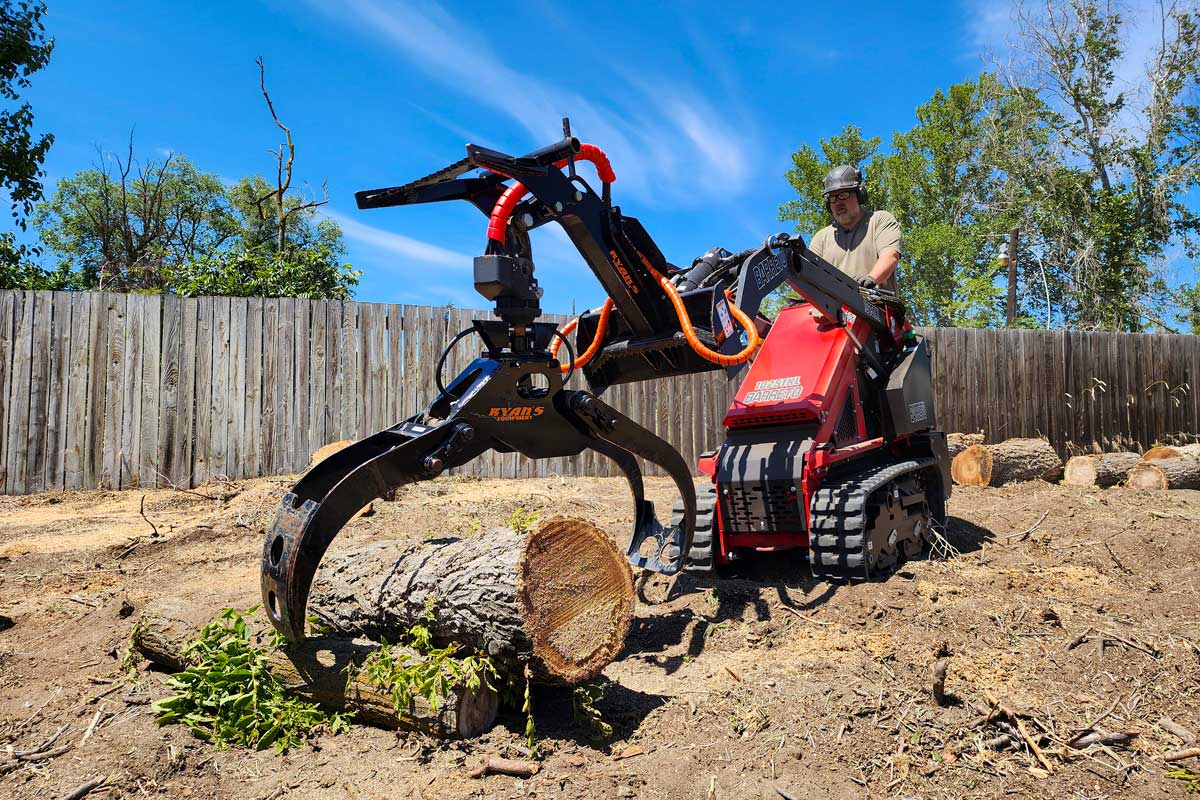TLC for your CTC: Maintain Your Compact Tool Carrier with These Tips from Toro

Contractors face a slew of challenges, tight timelines and weather issues on a daily basis. Many contractors understand there are things they cannot control — like the weather — and there are things they can control. One of the major challenges they can control is keeping their equipment healthy and productive. By completing a few standard preventive maintenance efforts, crews can make sure their equipment fires up every time and is consistently working as hard as they are.
The compact tool carrier, or CTC, is a common piece of equipment on most jobsites these days. These machines are extremely versatile, and contractors frequently count on them to perform in the toughest conditions. By selecting the proper equipment, and performing some basic preventive maintenance measures, a CTC will live a long and productive life, which will ultimately end up positively impacting contractors’ bottom lines.
Daily Inspection
One piece of the CTC maintenance puzzle is a daily effort to check small issues before they become larger ones that can cost a contractor time and money. It is crucial to perform routine maintenance after each use to ensure the continued performance and increased longevity of the equipment. Before firing up a CTC, contractors will want to follow this simple checklist:
- Perform a thorough visual inspection: A contractor will want to inspect the entire machine for damage or wear. This includes a visual inspection of the tracks or wheels, fittings, body, controls, guards and any attachments. Also, check the tire pressure or track tension. Inspect battery terminals for corrosion and loose or chafing wires. When cleaning battery terminals, remove the negative terminal first and install last. Inspect and replace any belts that are cracked. Also take a good look at the fuel lines and make sure there are no leaks.
- Check and top off fluids: Make sure engine oil, gasoline (or diesel), battery water and hydraulic fluid are all at the correct levels. Top off the fluids, if necessary, and be careful not to overfill. If the hydraulic fluid is a milky color, that’s an indicator that there is water in the system. This may not seem like a huge issue, but as the machine heats up, water in the system will turn into steam that can cause serious damage to the pump and wheel motors.
- Keep filters clean: The air filter is made up of the canister, indicator, pre-filter and main filter. Make sure to clean the canister prior to opening it to inspect or service the pre-filter or the main air filter. Some air filter systems are fitted with a service indicator mounted on the outside of the canister. The service indicator is the first indication of the air filter condition. If the filter is restricted, the inside indicator will block the clear viewing window. The air filter will need to be inspected and changed on a regular basis. Additionally, EPA standards have changed over the past few years, and many engine systems now have a component called a carbon canister, which collects fumes from the fuel systems. The carbon canister has a service life and needs to be replaced every 200 hours or sooner if the canister becomes restricted with dust, dirt or saturated with fuel.
- Lubricate properly and tighten connections: Grease all pivot points and tighten all nuts and bolts before heading out into the field. There are a lot of possible issues that can arise from loose parts. Doing a simple check with a wrench before using the CTC will reduce wear and extend the life of the machine’s components.
- Safety check: Make sure the parking brake is engaged (if applicable), and that the traction control lever is returned to neutral. Also make sure that auxiliary hydraulics are disengaged, as many compact tool carriers — including the Toro Dingo — will not be able to start with the auxiliary hydraulics engaged.

At the end of the day, the operator should make sure all dirt, dust and debris is washed away from the CTC. If not properly cleaned, mud and dirt can harden and damage moving parts when the machine is restarted. Don’t forget to grease the zerks and pivot points after every wash to ensure the equipment will have a long, productive life. Pro tip: Operators can perform a thorough visual inspection while washing down the machine.
Preventive Maintenance Schedule
The other piece of the maintenance puzzle has to do with time-specific care for a compact tool carrier
• Every 25 Hours: After every 25 hours of use, a contractor will want to clean the foam pre-filter and air filter. These are vital components of the machine, and they must be maintained for the equipment to perform at its best. This is also a good time for the contractor to take a good look at the hydraulic lines and make sure that they aren’t leaking. Compact tool carriers are used in the roughest of conditions where fluid connections can come loose or hoses can be damaged. Small hydraulic leaks can quickly grow into larger and more expensive leaks, so it is in the contractor’s best interest to have leaks repaired early.
• Every 100 Hours: Just like with a car, engine oil needs to be changed on a regular basis. Permanent damage could be done to the engine if the lifeblood of the equipment is not properly maintained. At this point, the operator will also want to take a look at the battery electrolyte levels and check the battery cable connections. Make sure any corrosive buildup is cleaned off, as this can drain the power from the battery itself. It is also a good idea to check the fan belts. Any belt that is showing signs of glazing or cracking should be replaced immediately. The contractor or technician may also think about replacing the air filter at this point. A deformed or torn air filter will allow dirt to pass into the engine and can potentially cause substantial damage.
• Every 200 Hours: After every 200 hours on the job, the equipment will need to have its filters changed. The engine oil filter, hydraulic filter and fuel filter will all need to be changed at this point. It is also important to take a quick look at the spark plugs and make sure they are not worn or fouled. Examine the condition of the porcelain, and get rid of any spark plugs that are cracked or in a questionable condition.
• Every 400 Hours: It’s likely that after 400 hours of use, the compact tool carrier will need a little bit more TLC. The 400-hour inspection should start off with checking the engine speed — which can vary between products, so be sure to check the manufacturers’ specifications in the owner’s manual. Normally after about 400 hours of use, it’s also about time to replace the belts. At this time, it’s important to check the tire or track condition as well. Tires should be replaced when the tread is worn down or if the rubber is cracked. Tracks should be replaced if there is any apparent damage to the rubber or if the lugs are worn.





Comments are closed here.